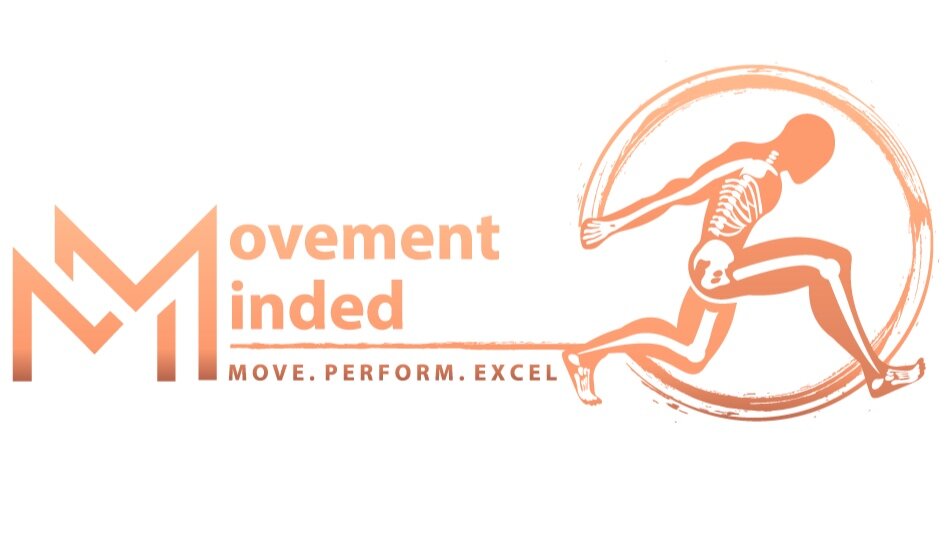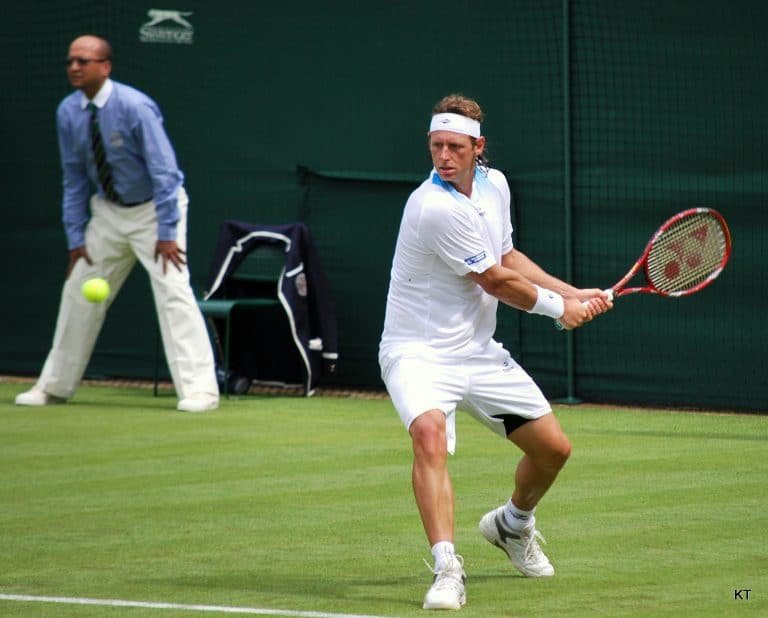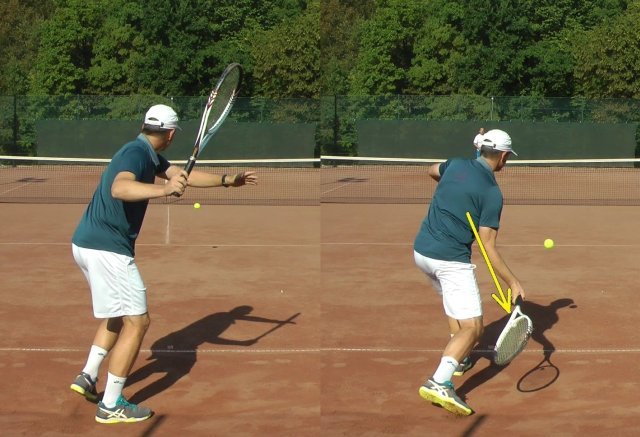How to Eliminate Tennis Overuse Injuries of the Shoulder, Elbow, and Wrist with PRI
Early in my career I thought I had a good handle on managing some of the more common injuries from racquet or overhead sports whether it be rotator cuff injuries, tennis elbow, or even just recurrent tightness. Upon being introduced to PRI (Postural Restoration Institute) my world was changed. Suddenly the way I had practiced all these years began to be challenged and I realized that the interventions I had implemented previously helped just to manage symptoms and gave patients strategies to be able to tolerate their given sports or activities. While I was helping patients manage their symptoms, they would often have recurrent episodes and never really get rid of the issues altogether. I got into this field to do way more than just help people “manage.” The concepts of PRI helped me understand on a much deeper level how the body is supposed to move in 3 dimensions as well as how the 3 main areas of your body (skull, ribcage, and pelvis) should interact. The results have been incredible and I have been able to eliminate dysfunctions causing persistent symptoms and recurrent injuries confidently with these techniques.
Many of us are familiar with shoulder mobility and what it should look like but what we don’t typically consider is ribcage mobility and what that should look like. Your shoulder complex which is comprised of 4 joints in itself sits on top of your ribcage and is directly influenced by the posture of your ribcage and the positions it can and can’t achieve. Most of us have favored positions which are dictated by the postures we live our life in with influence of previous injuries (such as low back pain or neck irritation) and positions of comfort. Tennis is a perfect example of this because of the repetitive nature of swinging the racquet and the endurance and power required to accomplish this task over and over again.
The core and specifically the coordination of your ribcage and pelvis play a crucial role in where the primary movement and power should be generated. We often see that people “muscle” the ball with dominant movement from the arm without coordinating ribcage and pelvic movement specifically with rotation, flexion/extension, and side bending. Below are some of the main aspects of tennis in regards to the primary movements occurring at the ribcage.
Primary Movement Patterns of the Ribcage
Ribcage Rotation
Ribcage Extension & Flexion
Ribcage Side Bending
Primary Tennis Swing Variations and Correlate Ribcage Movement Patterns
Serve
Ribcage Side Bending & Extension/Flexion
Forehand
Ribcage Rotation
Backhand
Ribcage Rotation
High to Low Swing
Ribcage Side Bending
Low to High Swing
Ribcage Side Bending
Serve
Forehand
Backhand
High to Low Swing
Low to high (Overhand) Swing
Power comes from loading up with proper coordination of upper body and lower body in order to unload and transfer energy efficiently when swinging to hit the ball. Two-handed swings limit the range of the upper extremities and rely on more core/trunk engagement and mobility while one-handed swings utilize upper extremity mobility and can leave the upper extremity vulnerable with a limited or dysfunctional ribcage
We live our life in certain positions often dictated by our work demands whether it’s prolonged sitting, consistent computer use, or repetitive lifting/carrying and then carry over these postures and dysfunctions into our movements as we kick up our activity level after work or on the weekends (especially without the proper warm up of some these movement patterns). Correcting these movement dysfunctions can help you generate more efficient movement with less demand on the upper extremity. We can help you develop more consistent movement with efficiency of proper interactions throughout your body which allows for increased endurance without fatiguing one area of your body dominating the movement. Power is generated from loading and unloading with coordination of your upper and lower body. If you can’t rotate well into your back swing to full range then you will not generate as much power in your follow through.
This concept applies to other areas of the body (besides just the interaction of the shoulder and ribcage) but understanding local relationships will help understand more distant relationships. Given the prevalence of dysfunctional mechanics and limited understanding of how the body should move, repetitive injuries are becoming much more common. I’m sure that many of you reading this have experienced shoulder pain, have a history of rotator cuff issues, or tennis/golf elbow. You may not be thinking of the ribcage when it comes to these types of injuries but I assure you it plays a crucial role and a lot of the patients we see with this type of injury especially chronic issues that linger despite interventions and/or traditional physical therapy and continue to have pain return. Maybe stretches and different techniques help but it never gets rid of the pain or tightness you experience. This is because the shoulder, elbow, or wrist area where you are feeling pain may just be the symptoms of dysfunction and not the source of the dysfunction.
Our style of treatment will help you identify inefficiency in your ribcage (skull, pelvis, and lower extremities) specific to your injury history and wired movement patterns. We focus on restoring these movements with PRI and rewiring your movement patterns to include appropriate mobility to maximize efficiency of movement reducing overuse. Many of my patients report that they are not only out of pain but find they have increased performance with tennis and other activities including increased endurance, improved power, and increased awareness of avoiding irritation while playing.
If you are interested in learning more about how PRI can cure the pain in your upper extremity submit your information below and set up a free 15 minute discovery call to discuss your specific issues in detail










